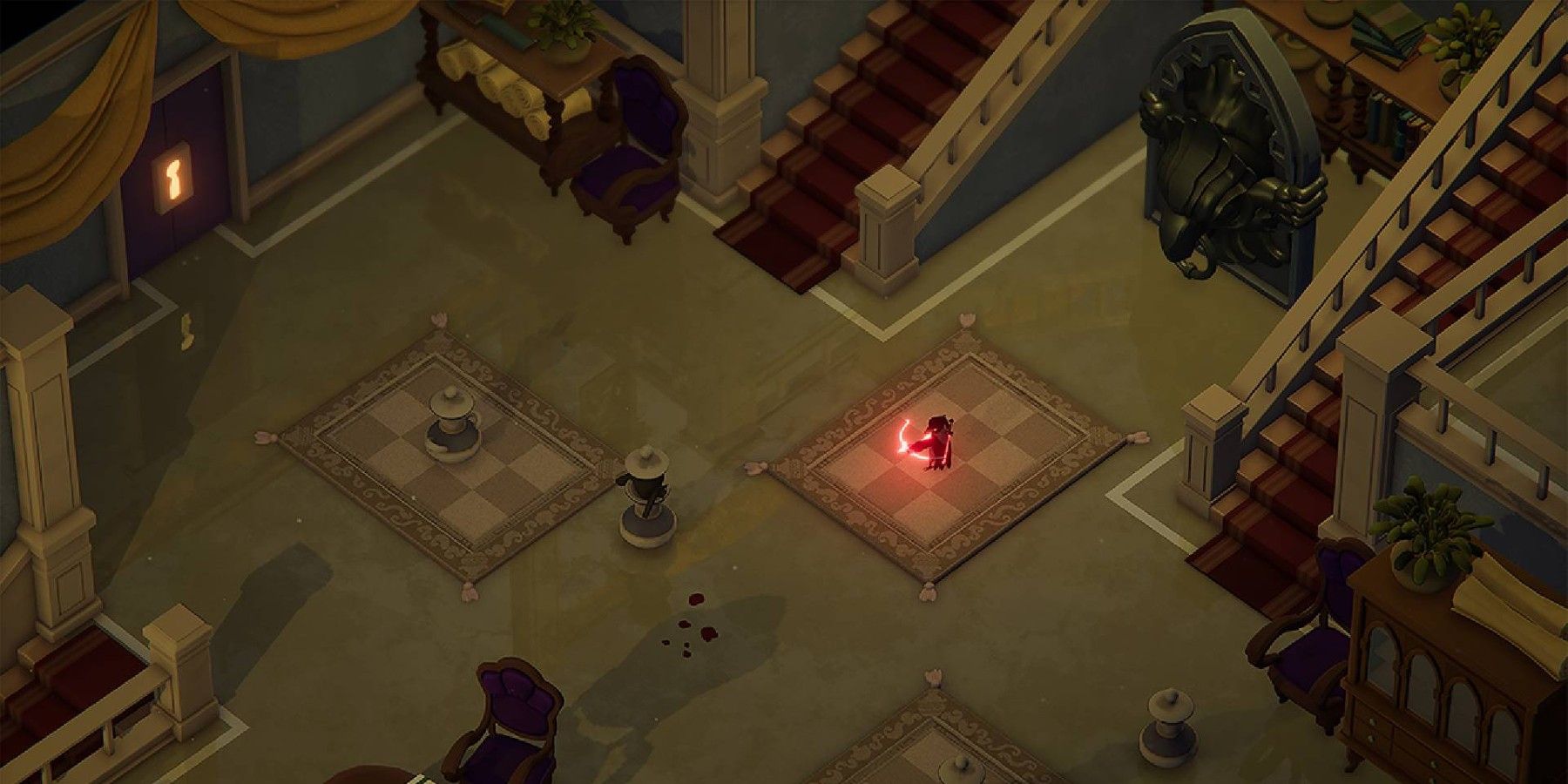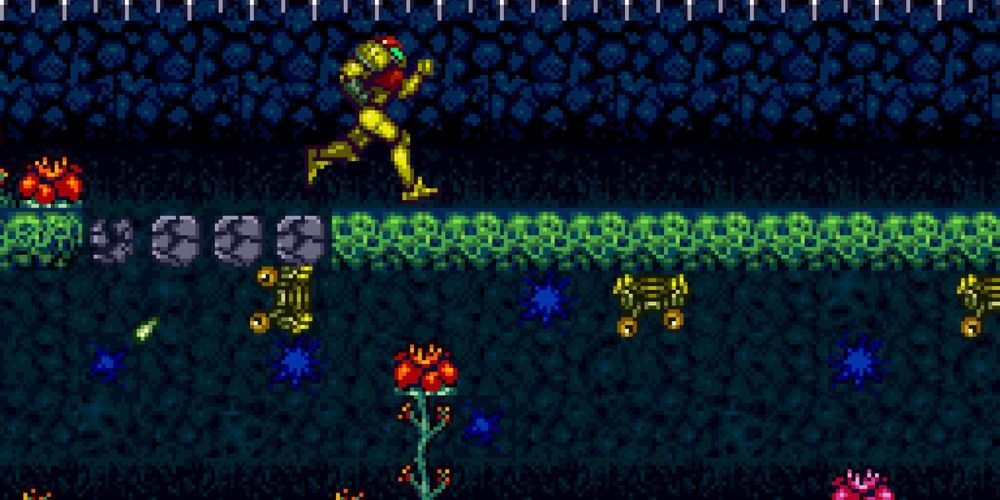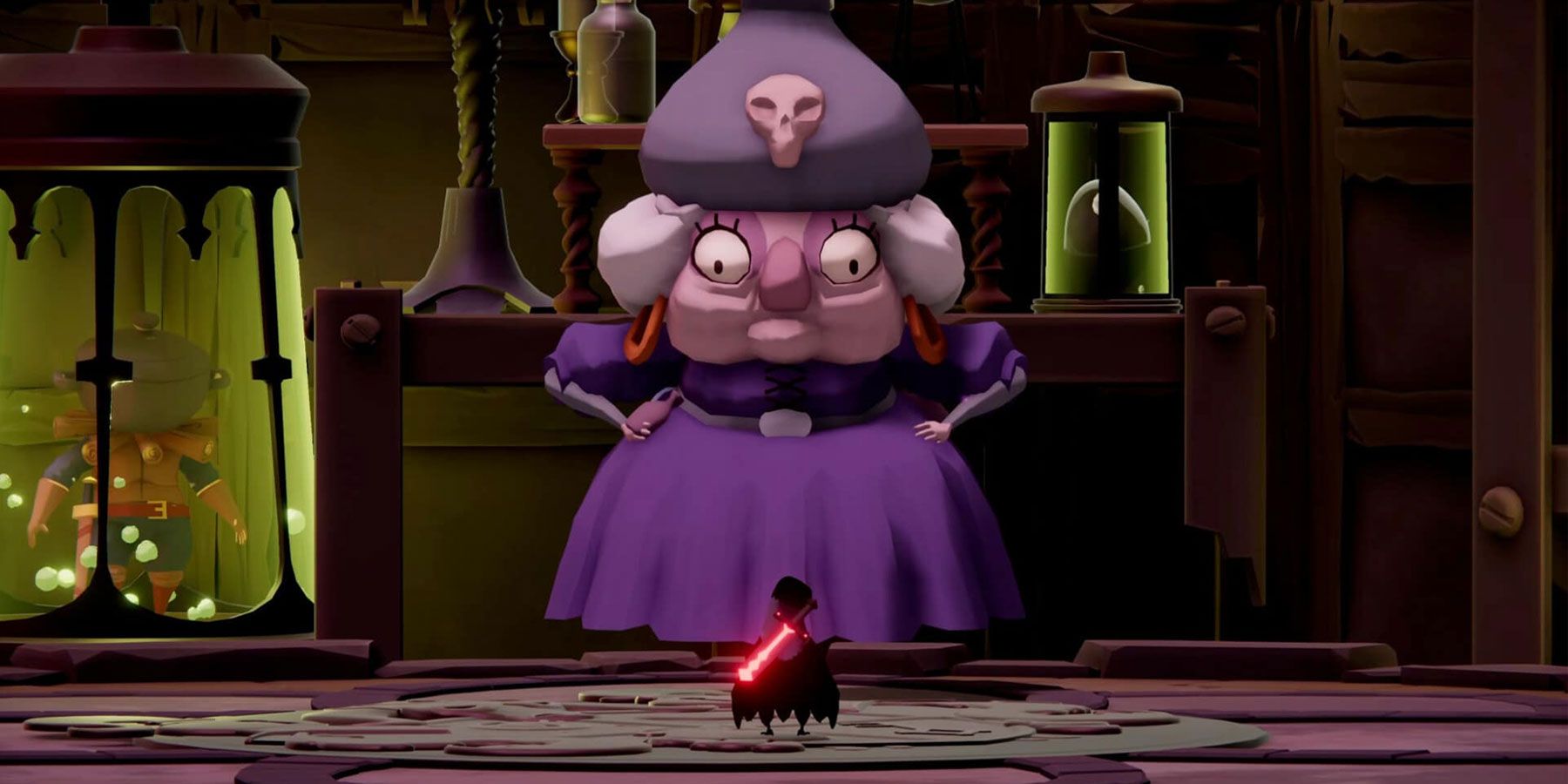One of the best indie games released in 2021 was Acid Nerve’s Death’s Door, which delivered a Soulslike game with an isometric perspective. The title received overwhelming positive reviews for its gameplay, art style, and the decision to rein in the infamously-brutal difficulty of other games inspired by FromSoftware’s classic series.
However, the game also has some Metroidvania qualities, with the player character gradually amassing new abilities that permit access to previously unreachable areas of the game. Stuffed with secrets for keen-eyed players to find, Death’s Door is a great example of how games can reward players for exploration.
How Metroidvania Mechanics Promote Exploration
Metroidvania games are named after the two stalwarts of the genre, legendary franchises Metroid and Castlevania. Although both have been around since the 1980s, the mechanics of these games are so popular that they continue to influence developers over thirty years later.
One of the core components of Metroidvania games is the inclusion of impassable obstacles that can only be cleared once the player has acquired certain abilities or items. Clever placement of these barriers results in not only a curated experience, preventing players from accessing content the developer intended to feature only in the later game, but also provides a huge incentive for revisiting earlier sections once new capabilities have been acquired.
This ensures that the longevity of Metroidvania games is greatly increased, rewarding players who do not simply plough through the game’s main completion route, but take the time to backtrack and look for alternative new paths that might have become available. Modern hits like Hollow Knight are great examples of how a game can be structured in this way, with deeply-buried secrets lurking in even some of the game’s earliest sections.
This approach does not work only for 2D titles, of course. Many fully 3D action-adventure games contain Metroidvania elements; for example, Batman: Arkham Asylum features one sprawling map with areas that are inaccessible until certain upgrades are acquired. Acclaim’s Shadow Man was another excellent demonstration of how the genre can be delivered effectively in a 3D environment.
Metroidvania mechanics are also a great fit for Soulslikes, which feature a recursive mechanic that resets all enemies whenever the player heals at a checkpoint, or leaves and then revisits an area. The repopulation of monsters in these games ensures that the player does not become bored while traipsing through a section they have visited multiple times. Death’s Door uses all of these elements to great effect, delivering a memorable experience that blends Soulslike and Metroidvania qualities.
Why Death’s Door Excels at Encouraging Players to Explore its Game World
Death’s Door features four magic spells, only one of which – the bow – is available to the player at the start of its roughly ten-hour adventure. The others – the flame spell, the bomb spell, and the “hookshot” spell – are obtained prior to battling each of the game’s three major boss characters, and allow the protagonist to set torches and other objects on fire (often acting as switches to open locked doors), smash through previously indestructible walls, or grapple their way across impassable chasms.
These abilities are utilized in the classic Metroidvania style to prevent the player from accessing late-game content too early, but also to encourage the player to revisit earlier sections of the game’s world. Death’s Door helps to promote this by ensuring that all of its levels are cleverly interconnected, meaning that going back to one of these starting areas does not feel like a painful backtracking exercise. Not only does this save time for the player, but it also helps to make the world feel alive, and creates a sense of discovery when a new connection between two areas is found. This rewarding approach is very reminiscent of the famous “clockwork world” of the first Dark Souls.
Death’s Door also utilizes the Dark Souls mechanic of refreshing all enemies each time the player passes between one area and the next, giving them some creatures to battle en route. Furthermore, as each enemy slain rewards the player with one or more “souls”, which act as the game’s currency, there is still a reward for revisiting areas and slaying some monsters even if no new secrets are unearthed.
This is a rare occurrence, however, because as well as the gated areas that the player can access only with the appropriate spell, Death’s Door is packed with other secrets. From weapon upgrades to soul spheres to the fiendishly-hidden magic crystal shrines, exploration in Death’s Door is constantly rewarded with collectibles, and completionists have enjoyed trying to locate 100% of the game’s hidden loot.
Furthermore, these pick-ups are not just “junk” treasure that is largely worthless – a criticism that has been levied at even revered titles like Sekiro – but valuable and meaningful currency or enhancements that really do reward the player’s inquisitive efforts. There is even an entire post-game, world-spanning puzzle to be unraveled if the player wants to obtain the game’s true ending, revealing some ingeniously-hidden additional content as well as a poignant conclusion for one of the game’s NPCs.
Death’s Door is a worthwhile experience for all kinds of gamers, utilizing Soulslike and Metroidvania mechanics to further enhance its gameplay experience - something that helps it stand alongside true classics like Hollow Knight. Fans of the game, and of Acid Nerve’s previous release Titan Souls, will eagerly await news of the developer’s next project.
Death's Door is available now for the PC, PS4, PS5, Switch, Xbox One, and Xbox Series X/S.



